Rolling, rolling, rolling… why a double movement can cure the problem of isolation
There are many grey areas in the rugby laws and their interpretation which can be successfully ‘occupied’ by good, accurate technique, and the best sides in the world are acutely aware of the amount of license contained in them.
Nowhere is this statement truer than at the tackle and post-tackle. In theory, what happens after a tackle has been made is supposed to be clear and immediate – at least in strict accordance with World Rugby’s edicts on the matter:
15.5 The tackled player
(a) A tackled player must not lie on, over, or near the ball to prevent opponents from gaining possession of it, and must try to make the ball available immediately so that play can continue.
(b) A tackled player must immediately pass the ball or release it. That player must also get up or move away from it at once.
© A tackled player may release the ball by putting it on the ground in any direction, provided this is done immediately.
(d) A tackled player may release the ball by pushing it along the ground in any direction except forward, provided this is done immediately.
(e) If opposition players who are on their feet attempt to play the ball, the tackled player must release the ball.
The reality in the chaotic hurly-burly of the tackle area in the professional game is rather different, however. Just as the tackler often fails to release the ball-carrier immediately or roll away from the ball – his action can often help a defensive pilfer – so the tackled player has an invaluable few moments on the ground in which to prevent the steal occurring. What he does in those moments can be crucial to either keeping or losing the ball.
Turnovers usually occur when the ball-carrier has temporarily lost connection with his support players, and he becomes isolated. This can happen either after a break is made ahead of the rest of the team, or when he is caught behind it – for example when fielding a kick in the backfield.
There were some key examples of the accurate decision-making required in these situations during the recent third Bledisloe Cup match between New Zealand and Australia.
The first instance came in the 4th minute, after a Waisake Naholo break from an All Black lineout:
The key moment arrives at 3:45, just after Naholo turns to find #13 Ryan Crotty in support:

After he’s tackled by the Australian scrum-half Will Genia, Crotty chooses to try and present the ball immediately, but unfortunately for him Genia is back on his feet to contest before the first All Black support (#7 Sam Cane) arrives at the scene. The ball goes loose and the danger for Australia is averted.
It was noticeable that some New Zealand players used a double move at the tackle particularly effectively – flanker Sam Cane, centre Sonny Bill Williams and especially, full-back Damian McKenzie.
McKenzie is not a big full-back and has had to find ways to protect the ball in both attacking and defensive situations when he is out ‘on the island’, and potentially isolated from his support:
In this instance, he has received a high kick but has to buy time until his team-mates nearby can regroup to provide support at the tackle. At 48:35 there is a distinct danger of a turnover for the Wallabies:

There is an Australian tackler on the ground impeding an immediate placement (#11 Reece Hodge) and Sean McMahon has come through to take out the first All Black support, #5 Scott Barrett. This leaves the Australian captain Michael Hooper primed and ready in position A1 to make the steal above McKenzie.
But instead of trying to push the ball back instantly, McKenzie makes a second move forward to offset Hooper, until he can feel the support kicking in from Cane and Sam Whitelock, before finally laying the ball back:

McKenzie used the same technique later in the second half after making a clean break from another Australian kick:
After he’s tackled by Bernard Foley, McKenzie is temporarily isolated from his support and for a moment it appears that Sean McMahon will be able to turn over the ball:

Once again, instead of placing the ball immediately McKenzie decides to move the ball forward on the deck and buy a couple more seconds for his support to reconnect with him:

The second move takes the ball away from McMahon’s jackal and allows #16 Liam Squire and replacement prop Wyatt Crockett to drive out both Foley and McMahon for a clean breakdown win.
Summary
In theory, the laws of World Rugby require everyone involved in the tackle on offence or defence to move away from the ball immediately. In practice there are two chances of this happening – ‘slim’ and ‘none’!
The defender(s) will try and create as much interference as possible for the ball-carrier’s likely support, while the man in possession will try to create the best situation possible for the cleanout to succeed.
When the ball-carrier becomes isolated, he needs to buy time for the support by use of a double move, taking the ball away from potential turnovers threats until he is satisfied that support has arrived.
The referee has to allow some latitude in this respect in order to encourage a positive flow to the game as a whole (although there is a limit), so ground techniques which enable the ball-carrier to delay release until the right moment are definitely at a premium. Clean break conversions are after all, even more important than the making of the breaks themselves!
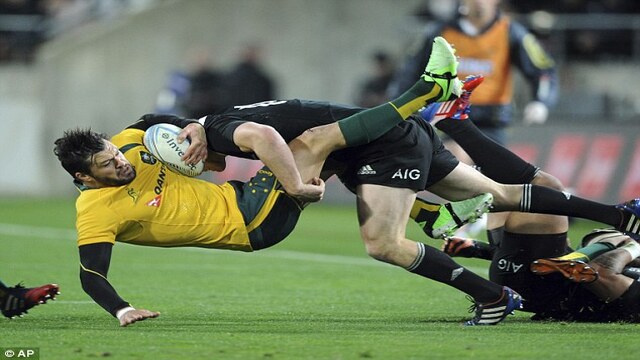


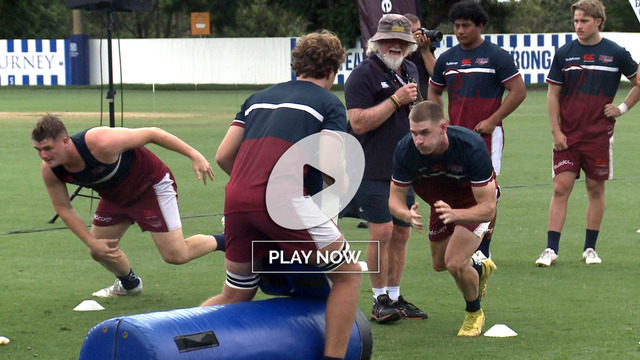
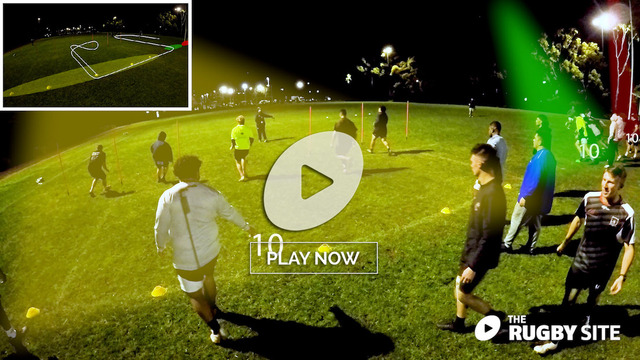

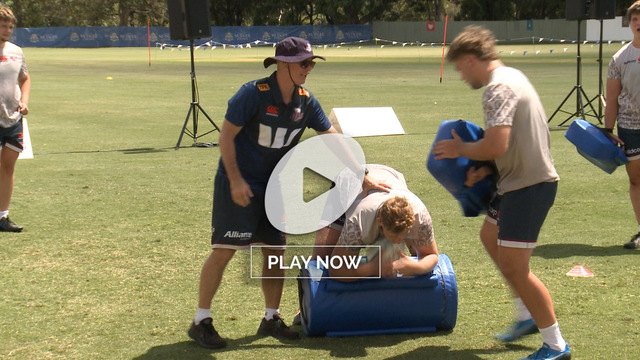
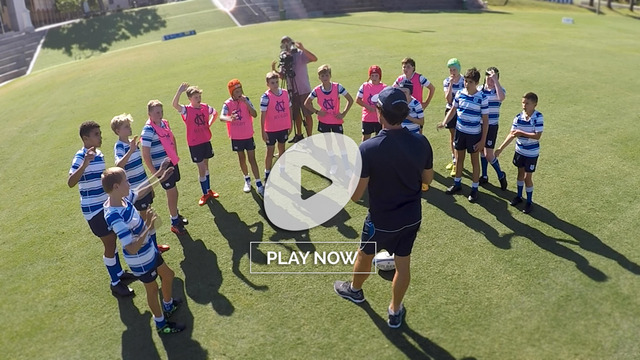

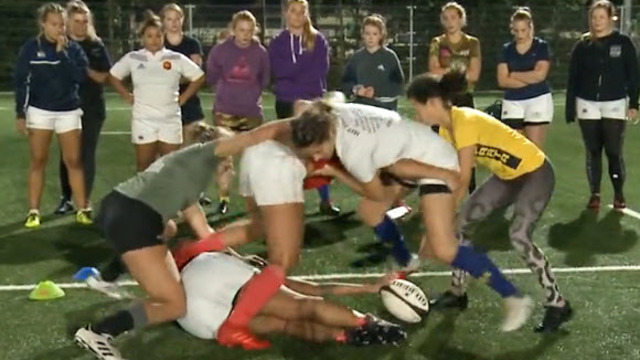

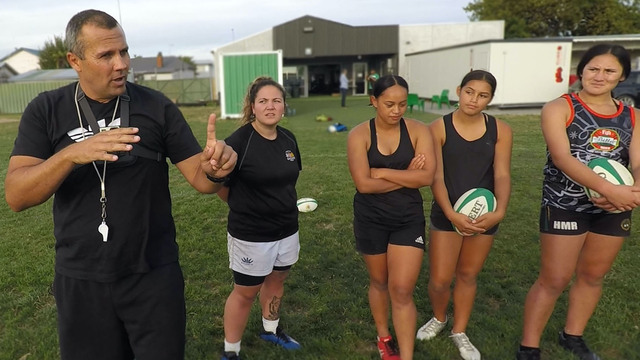

.jpg)
.jpg)
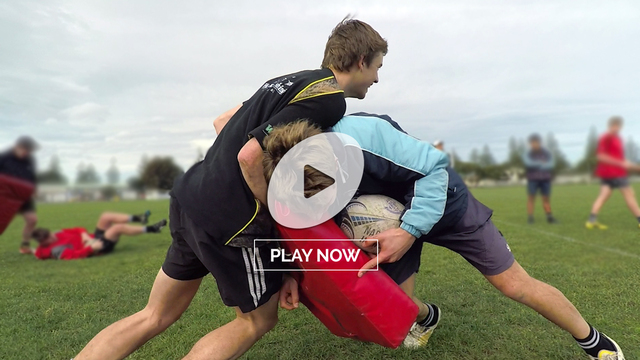
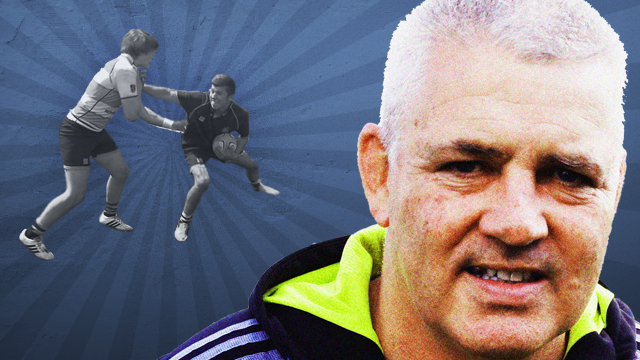
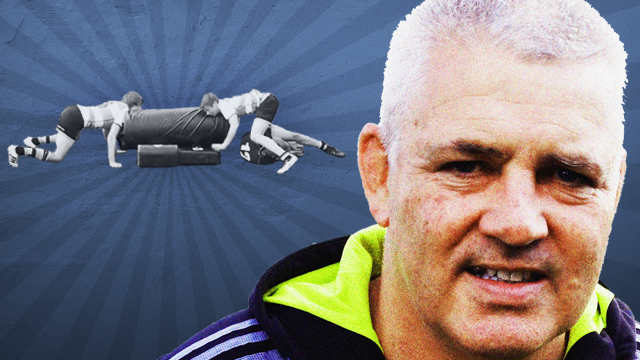
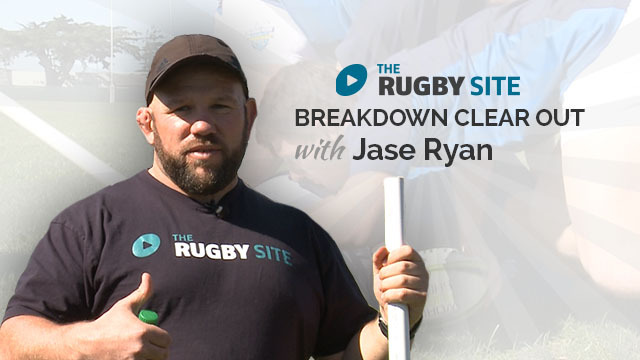
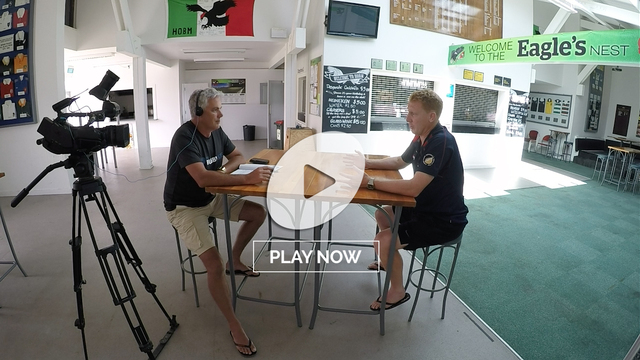
_no_button.jpg)

